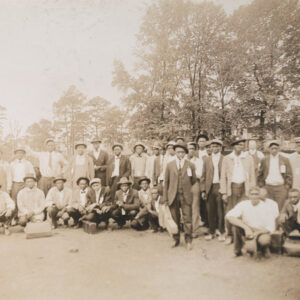 African American WWI Draftees
African American WWI Draftees
Entry Category: Union
 African American WWI Draftees
African American WWI Draftees
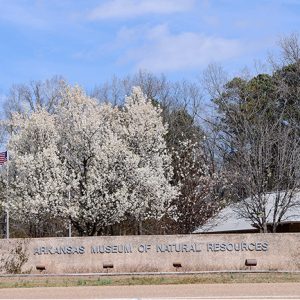 Arkansas Museum of Natural Resources
Arkansas Museum of Natural Resources
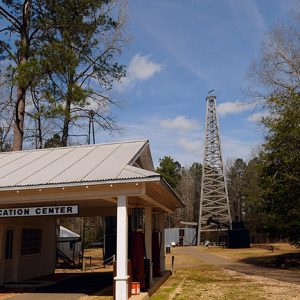 Arkansas Museum of Natural Resources
Arkansas Museum of Natural Resources
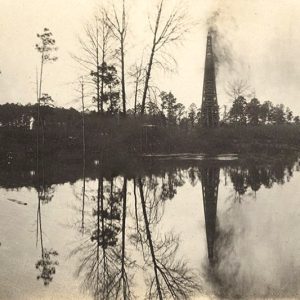 Busey Oil Well No. 1
Busey Oil Well No. 1
Calion (Union County)
 Catfish Cover
Catfish Cover
Champagnolle (Union County)
 Coffer Dam
Coffer Dam
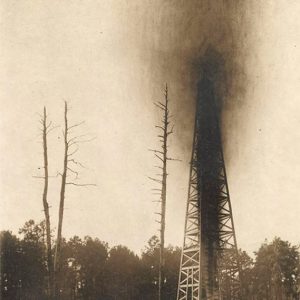 Constantin Gusher
Constantin Gusher
El Dorado (Union County)
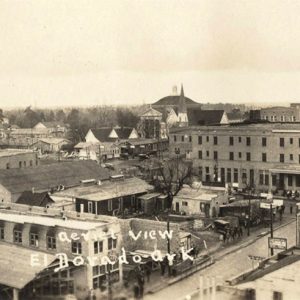 El Dorado Aerial View
El Dorado Aerial View
 El Dorado Oil Company
El Dorado Oil Company
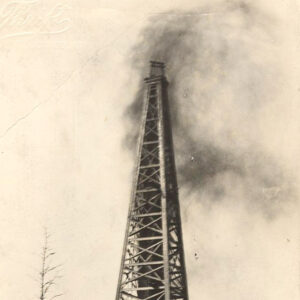 El Dorado Oil Well
El Dorado Oil Well
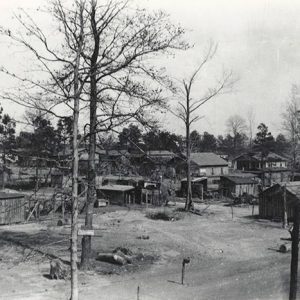 El Dorado Street
El Dorado Street
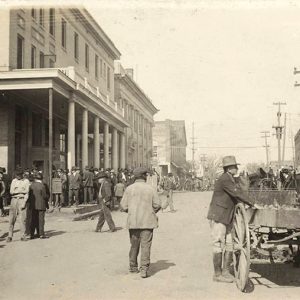 El Dorado Street Scene
El Dorado Street Scene
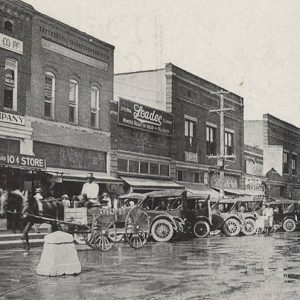 El Dorado Street Scene
El Dorado Street Scene
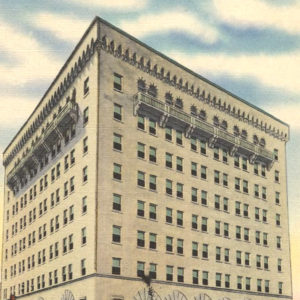 Exchange Bank
Exchange Bank
Felsenthal (Union County)
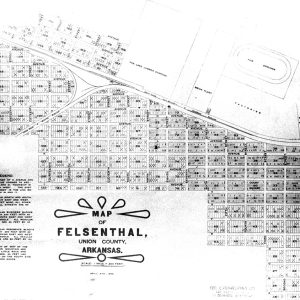 Felsenthal Map
Felsenthal Map
 Felsenthal Sign
Felsenthal Sign
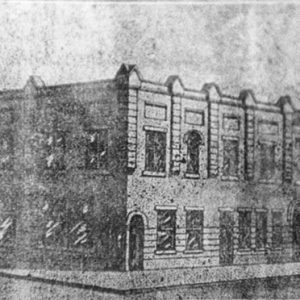 Felsenthal Structures
Felsenthal Structures
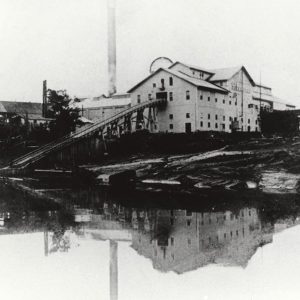 Fourche River Lumber Co.
Fourche River Lumber Co.
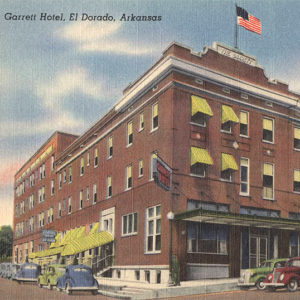 Garrett Hotel
Garrett Hotel
Huttig (Union County)
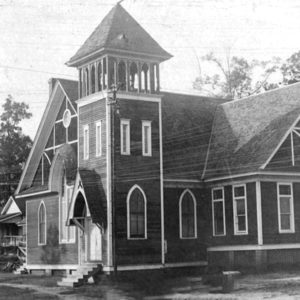 Huttig Church
Huttig Church
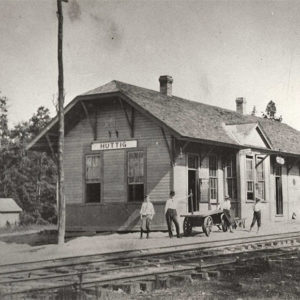 Huttig Depot
Huttig Depot
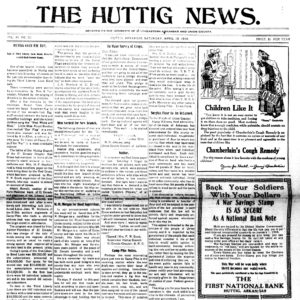 Huttig News
Huttig News
 Huttig Street Scene
Huttig Street Scene
Junction City (Union County)
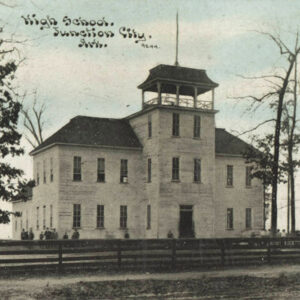 Junction City High School
Junction City High School
 Lion Oil Building
Lion Oil Building
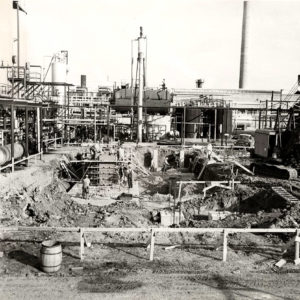 Lion Oil Construction
Lion Oil Construction
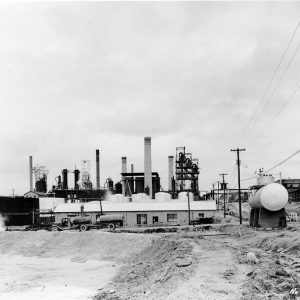 Lion Oil Pump House
Lion Oil Pump House
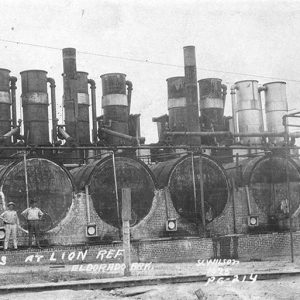 Lion Oil Stills
Lion Oil Stills
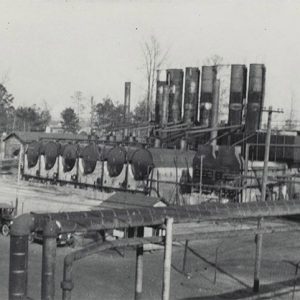 Lion Oil Stills
Lion Oil Stills
New London (Union County)
Norphlet (Union County)
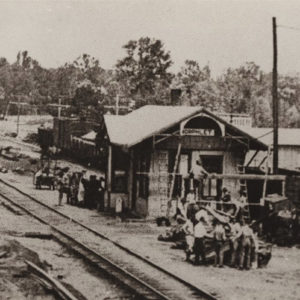 Norphlet Depot
Norphlet Depot
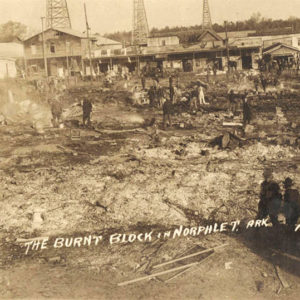 Norphlet Fire
Norphlet Fire
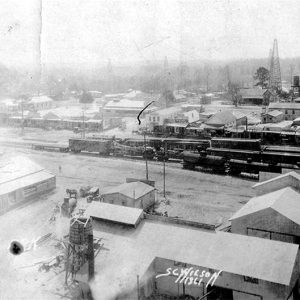 Norphlet View
Norphlet View
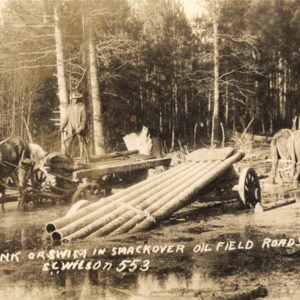 Oil Field Workers
Oil Field Workers
 Oil Storage
Oil Storage
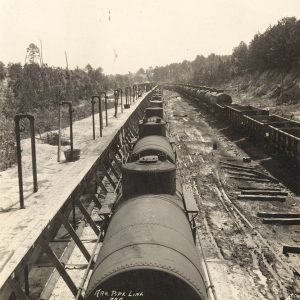 Oil Train
Oil Train
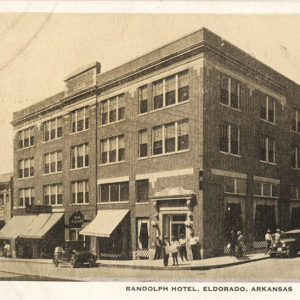 Randolph Hotel
Randolph Hotel
 Sky Vue Drive-in
Sky Vue Drive-in
Smackover (Union County)
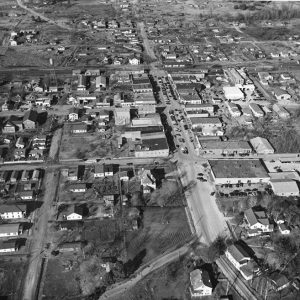 Smackover Aerial View
Smackover Aerial View
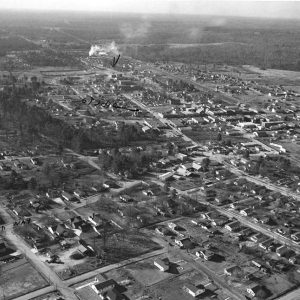 Smackover Aerial View
Smackover Aerial View
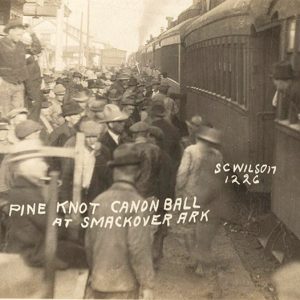 Smackover Depot
Smackover Depot
 Smackover Field
Smackover Field




